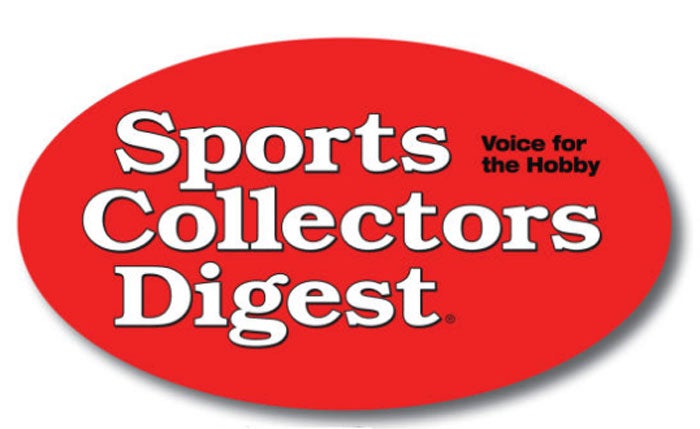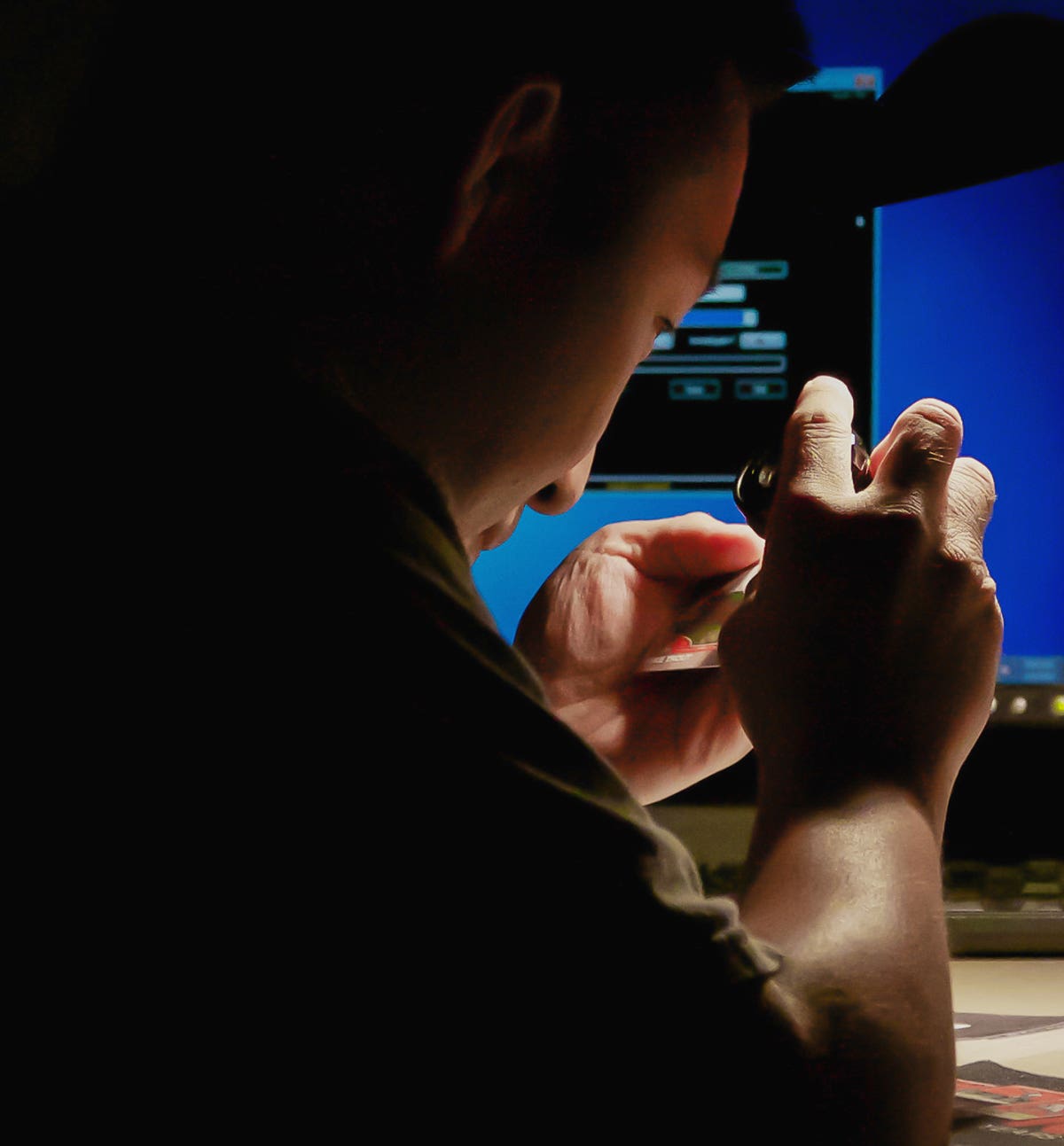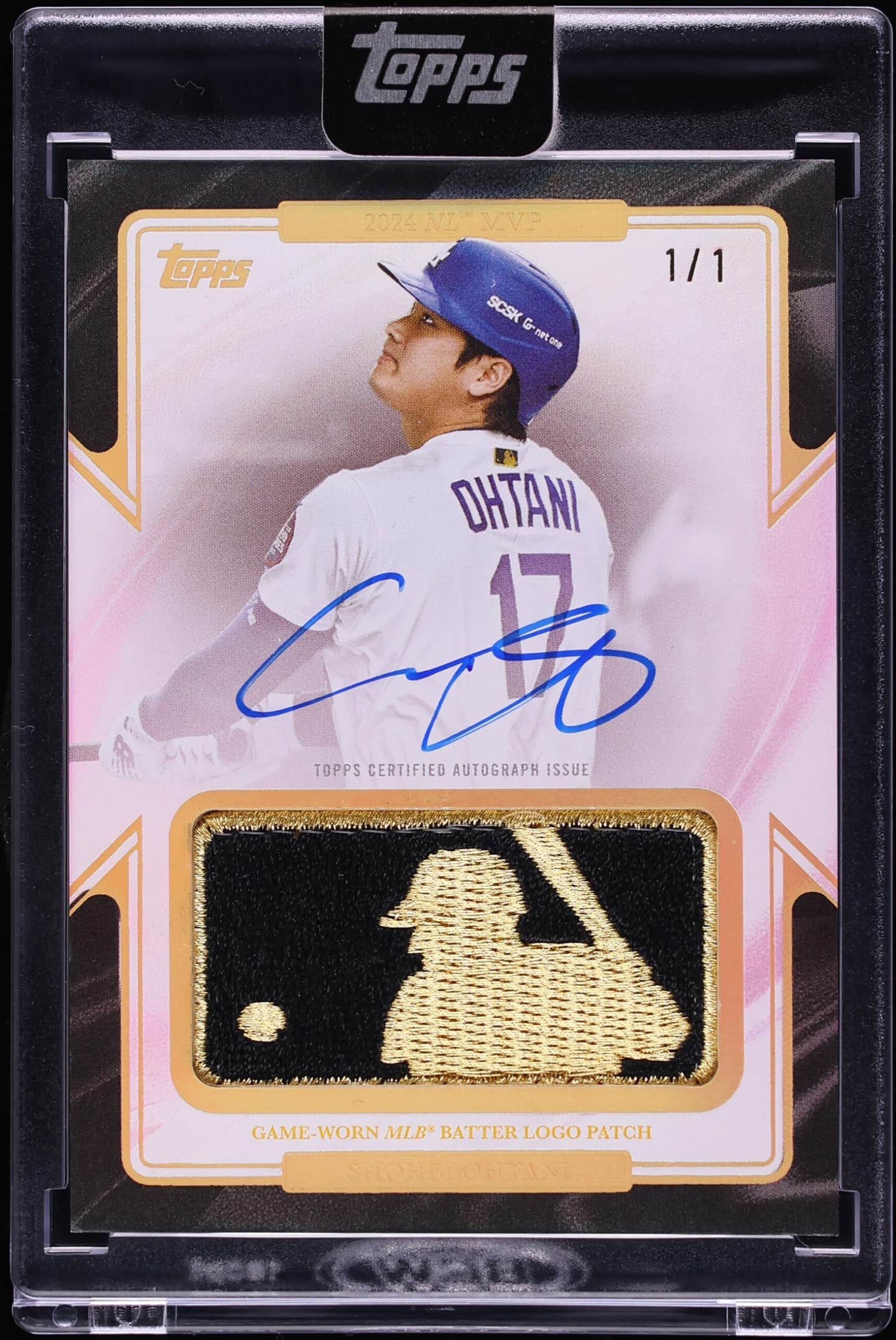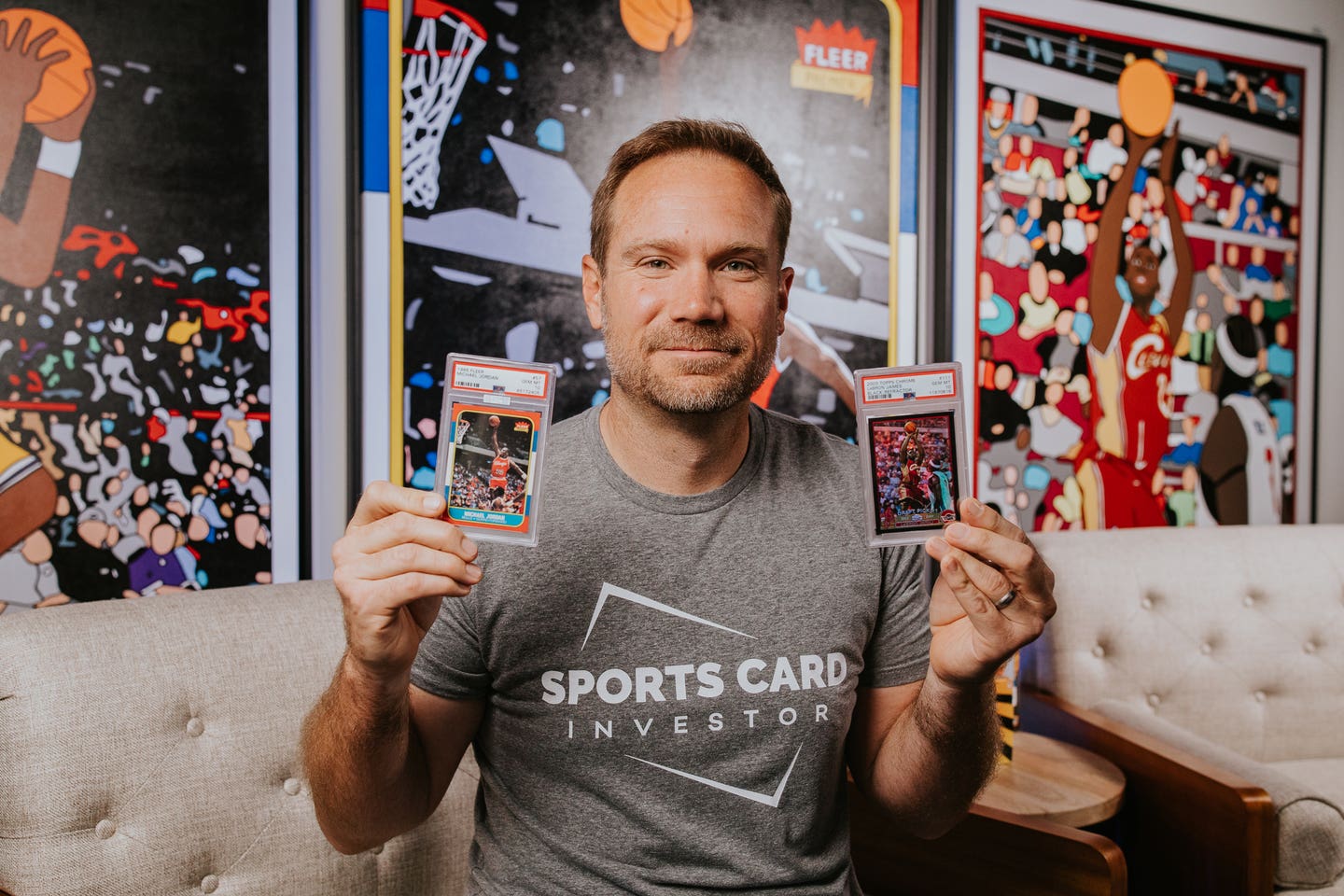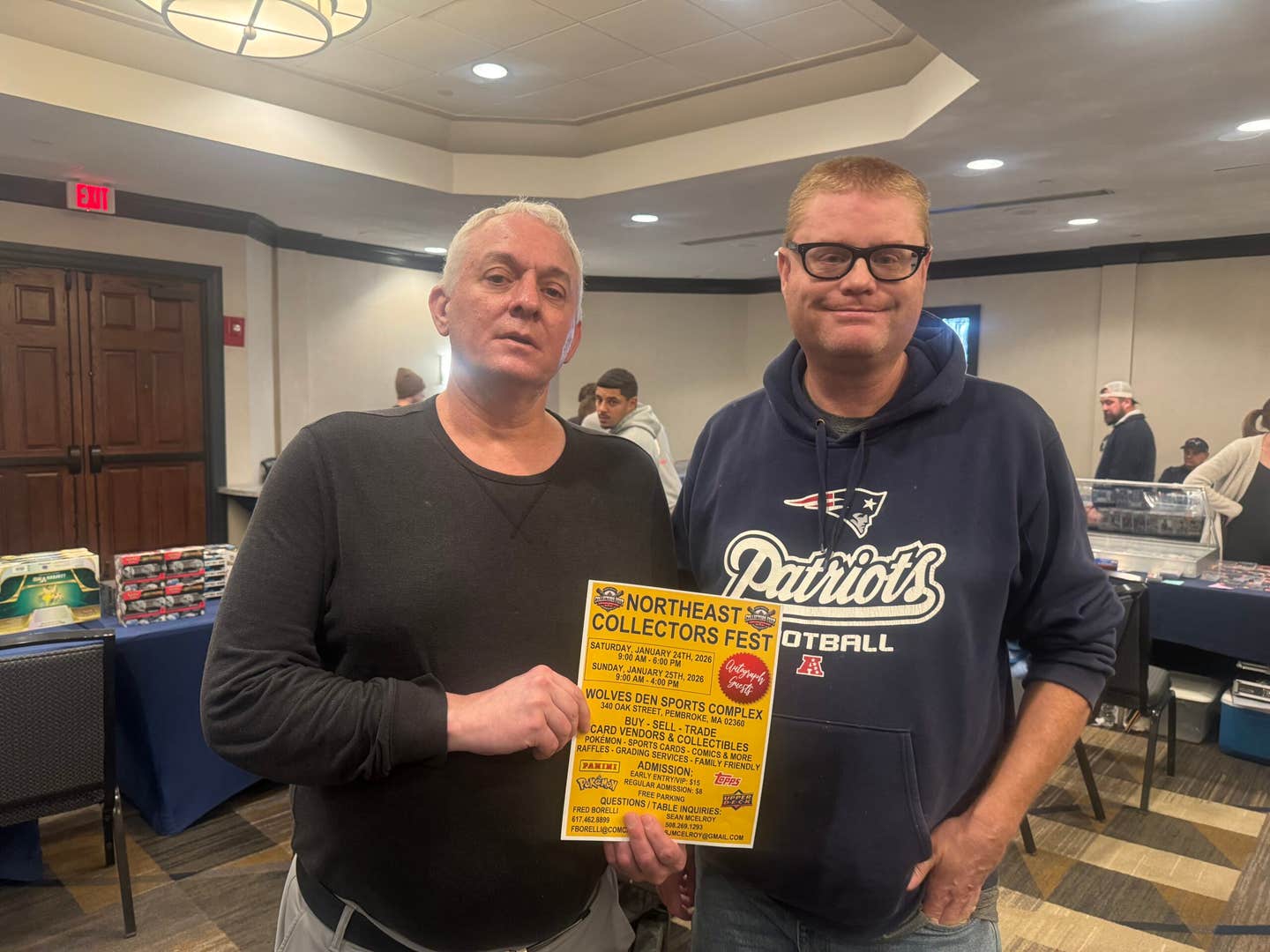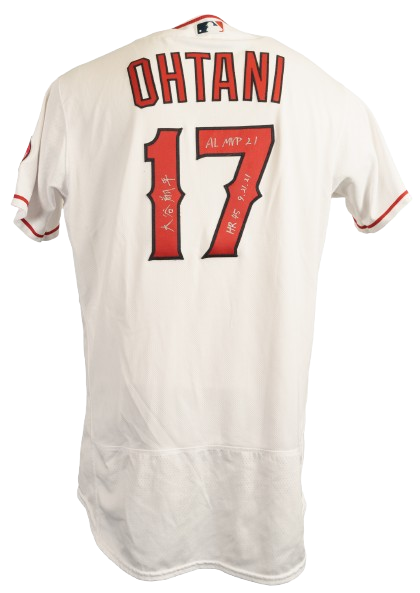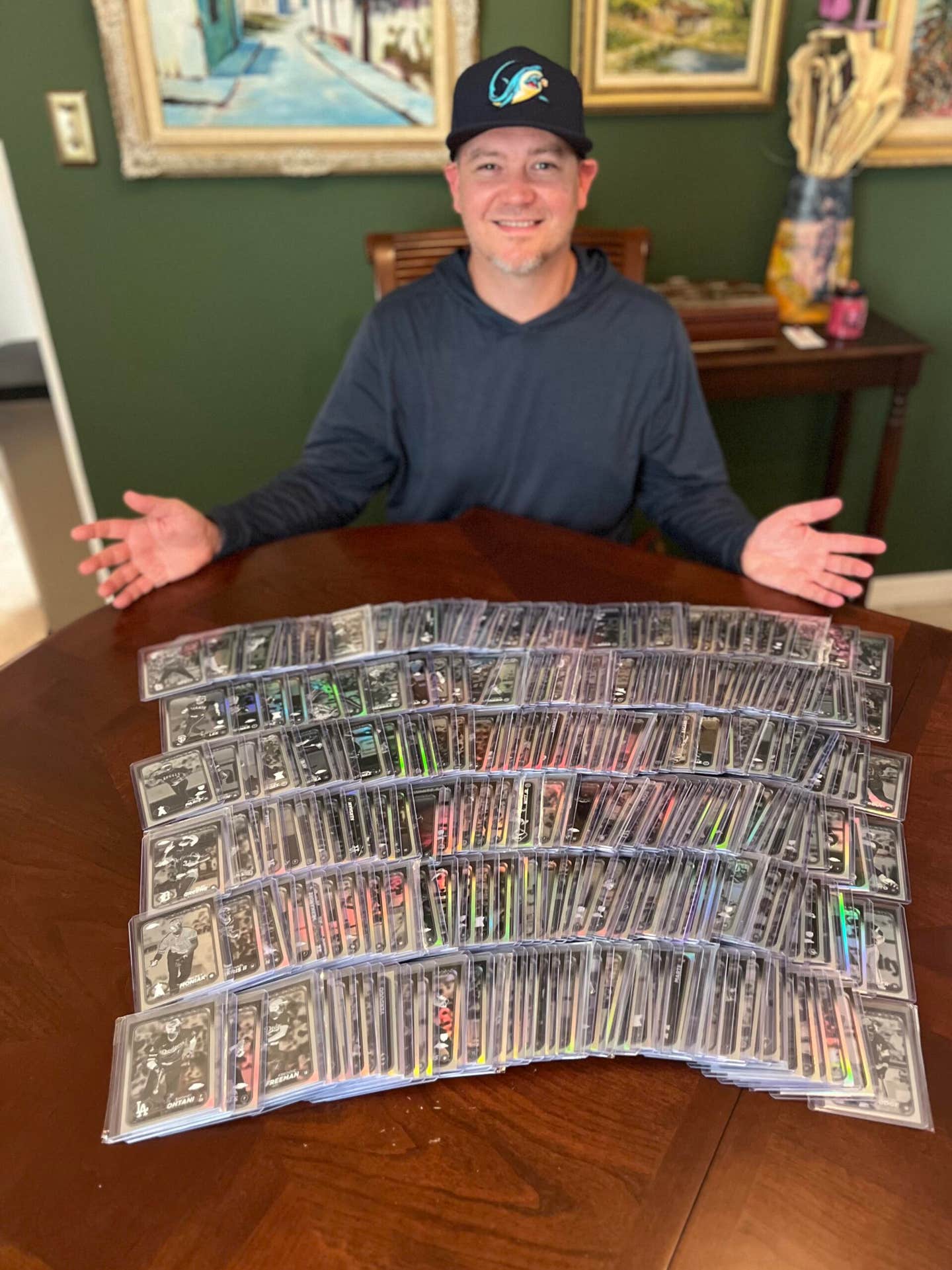Collecting 101
List of Aaron artifacts at Hall of Fame is stagger
Seeing all the wire stories recently about Cal Ripken and Tony Gwynn taking their pre-induction tours of the Hall of Fame reminded me about what an extraordinary moment the actual enshrinement must be. I allude, of course, to virtually any ballplayer you might want to name, though of course the subject this year is Ripken and Gwynn.
I can't think of any ballplayers from their era who have consistently shown an appreciation and reverence for the game of baseball more than Ripken and Gwynn, so one supposes that their wonderment and awe at this private tour was about as genuine as can be.
In Ripken's case, that probably manifests itself with his historical linkage to Lou Gehrig, so it is inevitable that he will be linked in immortality with the Iron Horse just as he was during the latter part of his playing career.
Ripken's enthusiasm for the game of baseball and its history is refreshing and laudable, but it also reminded me of another upper-rung HOFer who has proved to be a Cooperstown MVP in the memorabilia department.
"I didn't save anything from when I played, and anything that I ever won is in Cooperstown," Henry Aaron told me in an interview a couple of years ago. That remembrance popped up as I was writing a feature story for the July issue of our sister publication, Tuff Stuff magazine, that features Hank on the cover and includes the interview inside and another article looking at the tortured fate of Aaron's final home run ball.
And he's not kidding about Cooperstown having "anything that I ever won." The list of Aaron artifacts at the Hall of Fame is incredible: his 1957 MVP Award and World Series ring; all three of his Gold Gloves; bats from milestone home runs, including Nos. 500, 600 714, 716; his 3,000th-hit bat; more than a dozen milestone home run baseballs, including Nos. 500, 600, 700, 714 and 716; jersey and pants from No. 715; his shoes from Nos. 714, 715 and 716; his cap from No. 600; and third base from No. 715.
In a day and age when so many ballplayers wind up placing their artifacts in major auctions, it's almost inspiring to see a donation to the Hall of Fame of such magnitude. "Henry has been very gracious and amazingly generous," is the way Brad Horn, HOF communications director put it.
Horn said that many of the Aaron pieces have come in over a number of years, and that his major awards were donated 20 years ago, roughly five years after Aaron's induction. A number of the milestone baseballs came from other private collectors, but combined with Aaron's generosity, have helped make the Aaron presence at the Hall nothing short of spectacular. "He is a player who wanted his legacy preserved here," Horn added, noting that Aaron is among the most comprehensively represented players in the Hall.
A colleague e-mailed me a link to an ESPN.com news article a couple of weeks ago relating to former San Francisco 49er John Taylor, which in turn brought back memories of an unusual collectible (shown here) and a wonderful time in my life more than 20 years ago.
The "Where Are They Now?" feature on the ESPN site told how Taylor had been working for nearly a decade driving a truck for his own firm, J.T. Taylor Trucking, which he started in 1998. "I knew trucking before I knew football," Taylor is quoted in the article saying. "My grandfather and all of my uncles drove, so I grew up around it."
The story noted that Taylor drives his W900L Kenworth cross country from his home in California to Philadelphia every week. He and his wife, Elana, who sometimes accompanies him on his cross-country trips, have two daughters in college - one at Utah State and another at Taylor's alma mater, Delaware State.
Which is roughly where I come in. In 1984, only recently married and relatively new to Delaware, having moved from Albany, N.Y., a year earlier, I went to work at Delaware State in the sports information department. Though I initially had to travel more than an hour each week three days a week, it ended up being one of the neatest jobs I ever had, and one I stuck with until 1988 or 1989, despite the lengthy commute.
The image shown depicts a promotional flyer we created in the sports information department to advocate for All-America balloting for Taylor. I met Taylor a couple of times when he visited the sports information department offices, and he was a very quiet guy, but he spoke volumes every time he took the field. I don't recall if one of those meetings was after we came out with the Time-like flyer, but even if it had been, I wouldn't have had the foresight to ask him to sign one.
In all my years of watching college football, I've never seen another instance where an athlete was so clearly head-and-shoulders above his level of competition. Taylor was a wide receiver, but the Division 1AA Hornets, admittedly one of the powerhouse teams in the Mid-Eastern Athletic Conference in the mid-1980s, were a running team first and foremost. And besides, even if we had been more inclined to the passing game, we would have been hard pressed to come up with a quarterback who could consistently get the ball to him.
When we came up with the idea of the look-alike Time magazine cover, I had to do a pretty serious sales job on school administrators, who were fearful that Time editors might somehow object. Ultimately, we prevailed in getting it done, due largely to the efforts of the sports information director at the time, Maxine Lewis. Like Taylor, she went on to bigger things, snagging a job with ABC Sports in New York City, including a stint working with legendary broadcaster Keith Jackson.
Eventually, I had to surrender those duties when the demands of being the editor of a weekly newspaper in northern Delaware became so great that it wasn't feasible to drive down to Dover even once a week.
But as I noted above, I had a lot of fun on that job. I was the official scorer for the baseball team, and frequently traveled with the women's basketball team, in addition to doing the routine things for the sports information department. I was the rare white guy on a campus of an historically black school, and took a lot of good-natured ribbing from the gals on the basketball team.
If anybody's ever seen this Time flyer before today or have any other information about Taylor and some oddball collectibles, I'd appreciate if they let me know.
* * * * *
One of the toughest things for hobby old-timers like myself is adjusting to the changing dynamics of the business end of things, which, of course, so dramatically alters the whole landscape of what is available to collect.
The exotic threshold has been ratcheted upwards in dizzying fashion since that time, with the most profound changes being the emphasis on autographs and to a lesser degree memorabilia scraps, all part and parcel of an even more stunning escalation in pack prices.
While I am glad that the manufacturers have figured out a way forward that still provides profitability in a marketplace that has contracted to perhaps 25 percent of what it was 15 years ago, I can't shake the uneasiness that I feel about the underlying structure of the business.
It's essentially the same reason I worried about the overall economics of MLB, which seem to me to be more precarious than the giddy numbers tossed around by officials. My concern is that the game is already on a footing that requires such huge gross revenue numbers that ultimately all of the accommodations made to ensure those dollar streams are going to be monumental ... and maybe even scary.
My real concern is that, ultimately, the scramble for dollars over time is going to create sideshow distractions and advertising revenue scrambles that go far beyond the unseemly to the point of being thoroughly obnoxious. We already have sponsors for everything from the seventh-inning stretch to the batting order, and the w hizzing and whirring graphics on the TV screen that frantically milk every available promotional buck have long since passed the point of being annoying.
MLB will likely do its best to temper the impact of all of this, but if past behavior is the best predictor of future behavior (and it is), then ultimately some of the accommodations are going to get truly ugly. I simply can't shake the fear that the seemingly subtle erosion of so many of the traditions that underpin collectors' love of the game loom large; when they get around to putting a Valvoline patch and Dr. Pepper logo on the jerseys, perhaps the alarm will be more widespread.
In the card collecting hobby, one of the responses to that kind of revenue pressure has been to make the cards more expensive, which more accurately is a result of the companies' almost intractable belief in the idea of contrived scarcity. I know the reliance on this idea has colored much of the strategic thinking by the card companies since 1994, along with the "lottery mentality" of being able to open a pack of brand-new cards and suddenly find a single pasteboard with enough oomph to handle a year of tuition at a mid-range state college.
It is a well-regarded but often largely ignored truism in almost any hobby that attempts by manufacturers to designate something as a "collectible" are fraught with conflicting components. Collectors, the legend goes, are the ones who decide what is or isn't collectible, and that grand determination is something that is largely arrived at over a significant period of time.
I am rooting for all the autographs and jersey clippings and chunks of stadium seats to flourish and prosper over time, but mostly I root for the hobby itself. And at the risk of sounding like an old coot, I would offer the reminder that simply putting together card sets remains a pretty neat thing to do. It merely gets pushed from the forefront amid the clamor of dollars, but there are still thousands of collectors of all ages who worship at this decidedly egalitarian shrine.
Thank heaven.
May 8, 2007
A colleague e-mailed me a link to an ESPN.com news article the other day relating to former San Francisco 49er John Taylor, which in turn brought back memories of an unusual collectible (shown here) and a wonderful time in my life more than 20 years ago.
The "Where Are They Now?" feature on the ESPN site told how Taylor had been working for nearly a decade driving a truck for his own firm, J.T. Taylor Trucking, which he started in 1998. "I knew trucking before I knew football," Taylor is quoted in the article saying. "My grandfather and all of my uncles drove, so I grew up around it."
The story noted that Taylor drives his W900L Kenworth cross country from his home in California to Philadelphia every week. He and his wife, Elana, who sometimes accompanies him on his cross-country trips, have two daughters in college - one at Utah State and another at Taylor's alma mater, Delaware State.
Which is roughly where I come in. In 1984, only recently married and relatively new to Delaware, having moved from Albany, N.Y., a year earlier, I went to work at Delaware State in the sports information department. Though I initially had to travel more than an hour each week three days a week, it ended up being one of the neatest jobs I ever had, and one I stuck with until 1988 or 1989, despite the lengthy commute.
The image shown depicts a promotional flyer we created in the sports information department to advocate for All-America balloting for Taylor. I met Taylor a couple of times when he visited the sports information department offices, and he was a very quiet guy, but he spoke volumes every time he took the field. I don't recall if one of those meetings was after we came out with the Time-like flyer, but even if it had been, I wouldn't have had the foresight to ask him to sign one.
In all my years of watching college football, I've never seen another instance where an athlete was so clearly head-and-shoulders above his level of competition. Taylor was a wide receiver, but the Division 1AA Hornets, admittedly one of the powerhouse teams in the Mid-Eastern Athletic Conference in the mid-1980s, were a running team first and foremost. And besides, even if we had been more inclined to the passing game, we would have been hard pressed to come up with a quarterback who could consistently get the ball to him.
When I came up with the idea of the look-alike Time magazine cover, I had to do a pretty serious sales job on school administrators, who were fearful that Time editors might somehow object. Ultimately, we prevailed in getting it done, due largely to the efforts of the sports information director at the time, Maxine Lewis. Like Taylor, she went on to bigger things, snagging a job with ABC Sports in New York City, including a stint working with legendary broadcaster Keith Jackson.
Eventually, I had to surrender those duties when the demands of being the editor of a weekly newspaper in northern Delaware became so great that it wasn't feasible to drive down to Dover even once a week.
But as I noted above, I had a lot of fun on that job. I was the official scorer for the baseball team, and frequently traveled with the women's basketball team, in addition to doing the routine things for the sports information department. I was the rare white guy on a campus of an historically black school, and took a lot of good-natured ribbing from the gals on the basketball team.
If anybody's ever seen this Time flyer before today or have any other information about Taylor and some oddball collectibles, I'd appreciate if they let me know via the blog.
* * * * * *
A reader (Ken) commented about last week's blog that detailed my concern over the omnipresent commercialization in Major League Baseball. Ken described himself as a baseball purist who hates the designated hitter, but noted that the purist in him doesn't object to the "proliferation of sponsorships everywhere."
He concedes that while he once loathed the rotating signs behind home plate, he's actually found useful products and services from same. He also points out, quite fairly, I would add, that the advertisements on the fences can add color to the ballpark and at the same time hit the nostalgia buttons for the good old days.
I can't take issue with most of what he said, though I'd stop well short of the part about finding useful products and services from the home plate Ad-O-Ramas, but I'm not a very good consumer anyway. He's also right about some of the throwback advertising signs adding color in the outfield.
"As for ads on uniforms, it works for the most popular sport in the world: soccer - and it worked for my Little League team," was Ken's final observation.

